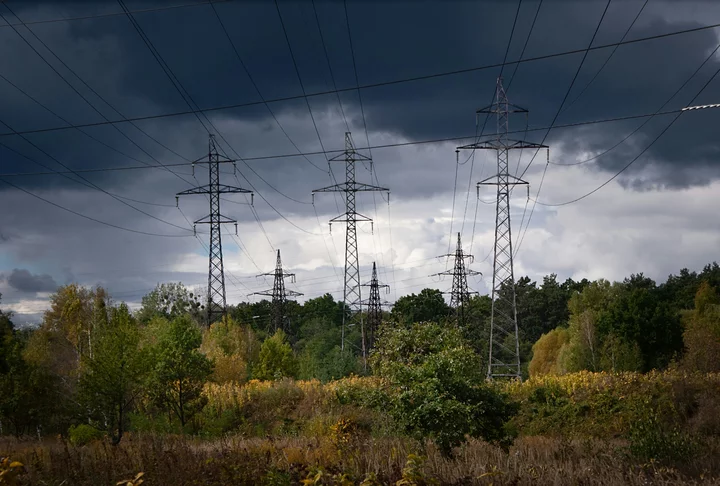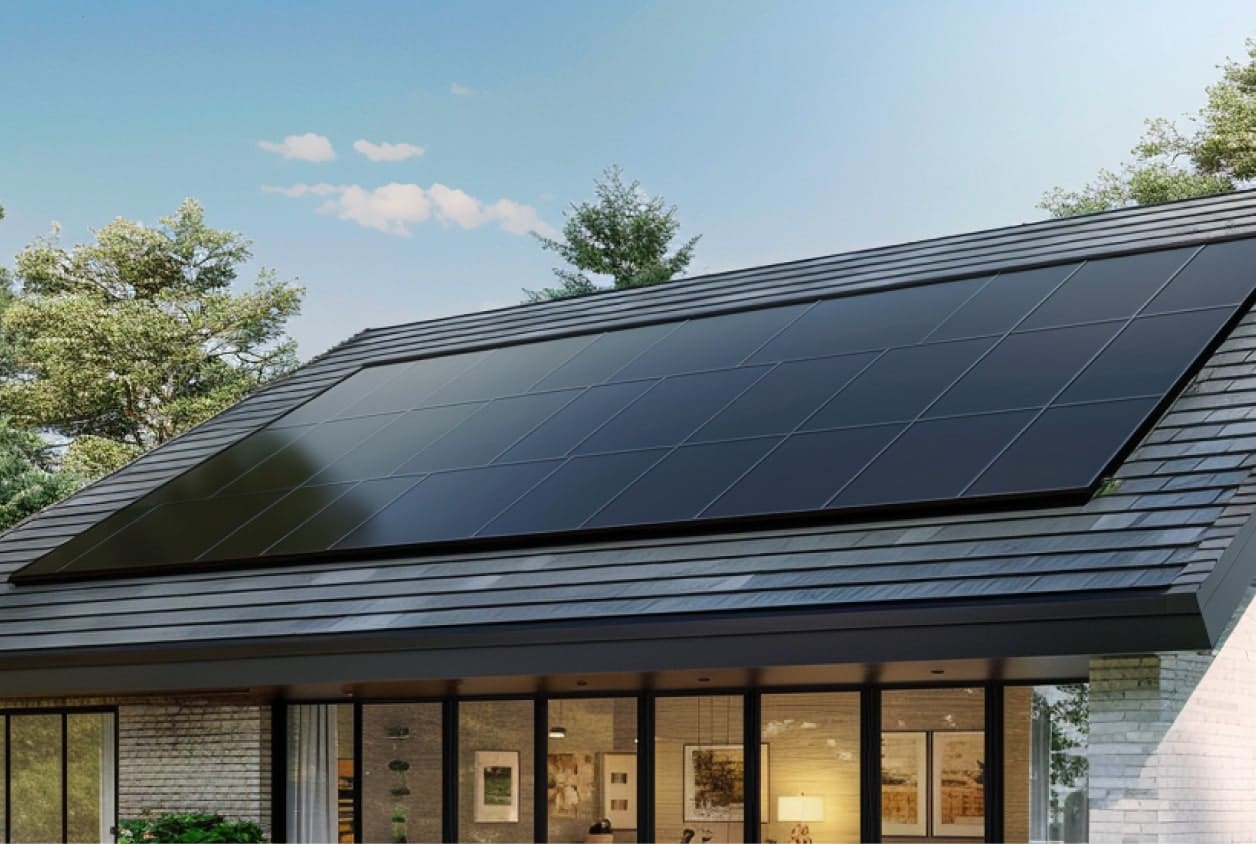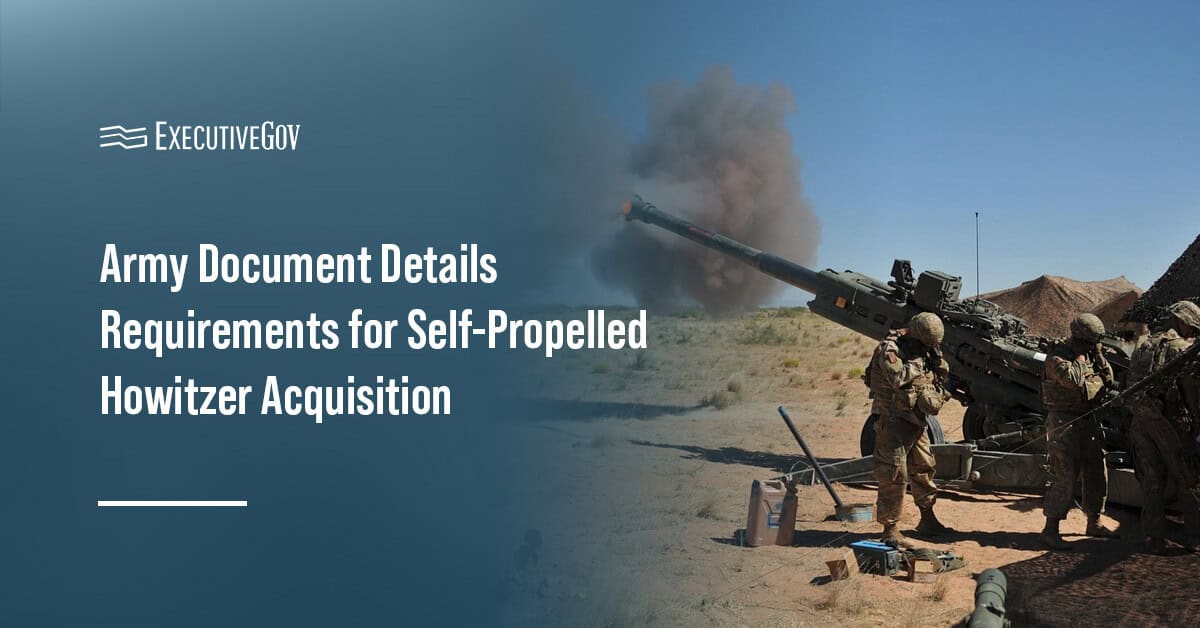Report on Humboldt County Energy Infrastructure Modernization and Alignment with Sustainable Development Goals
Executive Summary
A recent report from the Schatz Energy Research Center at Cal Poly Humboldt analyzes the historical context and current state of Humboldt County’s energy infrastructure. The findings indicate that the system is aging, fragile, and among the least reliable in California, presenting a significant challenge to regional sustainability. This report outlines the critical need for modernization, framing the proposed solutions within the context of the United Nations Sustainable Development Goals (SDGs), particularly SDG 7 (Affordable and Clean Energy), SDG 9 (Industry, Innovation, and Infrastructure), and SDG 11 (Sustainable Cities and Communities).
Current Infrastructure Status and SDG Deficiencies
The existing energy infrastructure in Humboldt County is a legacy of the post-World War II timber industry boom. Decades of underinvestment in expansion and modernization have resulted in a system ill-equipped to meet contemporary needs for resilient and sustainable energy.
- Lack of Resilient Infrastructure (SDG 9): The system is described as “aging and fragile,” relying on equipment that is over sixty years old. This fails to meet the targets of SDG 9, which call for building resilient, reliable, and sustainable infrastructure.
- Barriers to Affordable and Clean Energy (SDG 7): The current system’s unreliability impedes progress towards SDG 7, which aims to ensure access to affordable, reliable, sustainable, and modern energy for all.
- Vulnerability of Communities (SDG 11): The fragility of the energy grid makes local communities vulnerable to outages, impacting safety, economic activity, and overall sustainability, in direct opposition to the goals of SDG 11.
Proposed Modernization via Offshore Wind Development
A proposed floating offshore wind project presents a generational opportunity to catalyze the necessary infrastructure upgrades, aligning the region with critical climate and energy goals.
Project Components and SDG Alignment
The California Independent System Operator (CAISO) has approved a transmission plan to support the large-scale offshore wind project. This plan represents a direct investment in several SDGs.
- Investment in Clean Energy (SDG 7 & SDG 13): The offshore wind project is a cornerstone of the plan, designed to significantly increase the share of renewable energy in the grid, directly addressing SDG 7 and SDG 13 (Climate Action).
- Building Resilient Infrastructure (SDG 9): CAISO has selected Viridon to finance and construct a new transmission system, a project with an estimated cost of $4.5 billion. Key upgrades include:
- Construction of a “New Humboldt Substation.”
- Development of three new transmission lines connecting Humboldt County to substations in Shasta and Solano Counties.
- Fostering Economic Growth and Sustainable Communities (SDG 8 & SDG 11): The project is positioned to stimulate regional economic activity. The cost of the infrastructure, estimated at a few dollars per year for the average ratepayer, will be distributed across all California ratepayers. This model ensures the financial burden does not fall disproportionately on the local community, making the transition equitable and supporting the creation of a sustainable community under SDG 11.
Challenges and Future Outlook
The successful implementation of this modernization project faces significant uncertainties that could jeopardize progress toward regional sustainability goals.
- Project Viability: The transmission upgrades are contingent on the offshore wind project moving forward. Its future is precarious due to federal funding cuts and political opposition to offshore wind development.
- Risk of Inaction: Failure to proceed with the project would likely mean the cancellation of the CAISO-approved transmission upgrades, leaving Humboldt County’s infrastructure in its current vulnerable state and hindering the achievement of SDGs 7, 9, and 11.
Proactive investment is critical to ensure that the necessary infrastructure is in place before a crisis point is reached, underscoring the urgency of resolving the project’s current uncertainties.
Analysis of Sustainable Development Goals in the Article
1. Which SDGs are addressed or connected to the issues highlighted in the article?
The article on Humboldt County’s energy infrastructure addresses several Sustainable Development Goals (SDGs) by focusing on the need for reliable, modern, and clean energy, as well as the development of resilient infrastructure.
-
SDG 7: Affordable and Clean Energy
- The core of the article discusses the need to upgrade an “aging and fragile” energy system and invest in renewable energy, specifically a “floating offshore wind project.” This directly relates to ensuring access to modern and clean energy.
-
SDG 9: Industry, Innovation and Infrastructure
- The article explicitly details the need to upgrade and modernize infrastructure. It describes the current system as “old” and highlights plans for “major upgrades” and the “construction of three new transmission lines,” which aligns with the goal of building resilient infrastructure.
-
SDG 11: Sustainable Cities and Communities
- By addressing the local energy system’s unreliability (“among the least reliable in the state”), the article touches upon making communities more sustainable and resilient. A stable energy supply is crucial for the functioning and well-being of the Humboldt County community.
-
SDG 13: Climate Action
- The proposed solution to the infrastructure problem is a large-scale offshore wind project. This represents a significant shift towards renewable energy, which is a key strategy for combating climate change by reducing reliance on fossil fuels.
2. What specific targets under those SDGs can be identified based on the article’s content?
Based on the article’s discussion, several specific SDG targets can be identified:
-
Under SDG 7 (Affordable and Clean Energy):
- Target 7.1: “By 2030, ensure universal access to affordable, reliable and modern energy services.” The article’s focus on upgrading an “aging and fragile” system to improve reliability directly addresses this target. The discussion of the cost to ratepayers (“a few dollars per year”) also relates to the affordability aspect.
- Target 7.2: “By 2030, increase substantially the share of renewable energy in the global energy mix.” The proposed “floating offshore wind project” is a clear effort to significantly increase the share of renewable energy in the region’s energy supply.
- Target 7.a: “By 2030, enhance international cooperation to facilitate access to clean energy research and technology… and promote investment in energy infrastructure and clean energy technology.” The article highlights the need for a “major investment from an external source” and mentions the selection of Viridon, a Chicago-based company, to finance and construct the new system, which involves a “$4.5 billion price tag.”
-
Under SDG 9 (Industry, Innovation and Infrastructure):
- Target 9.1: “Develop quality, reliable, sustainable and resilient infrastructure… to support economic development and human well-being.” The entire premise of the report cited in the article is to address the county’s unreliable energy infrastructure and build a modern, resilient system through new transmission lines and upgrades.
- Target 9.4: “By 2030, upgrade infrastructure and retrofit industries to make them sustainable, with increased resource-use efficiency and greater adoption of clean and environmentally sound technologies…” The plan to build new transmission infrastructure specifically to support a large-scale offshore wind project is a direct example of upgrading infrastructure for the adoption of clean technology.
-
Under SDG 13 (Climate Action):
- Target 13.2: “Integrate climate change measures into national policies, strategies and planning.” The article notes that CAISO, a state-level entity, has “approved a plan to build the transmission infrastructure needed to support a large-scale offshore wind project,” demonstrating the integration of climate-friendly energy strategies into regional infrastructure planning.
3. Are there any indicators mentioned or implied in the article that can be used to measure progress towards the identified targets?
The article mentions or implies several indicators that can be used to measure progress:
-
For SDG 7 Targets:
- Reliability of Energy Supply: The article states the current system is “among the least reliable in the state.” An implied indicator would be a reduction in the frequency and duration of power outages after the infrastructure is upgraded.
- Share of Renewable Energy: The implementation of the “floating offshore wind project” is a direct indicator. Progress could be measured by the generating capacity (in megawatts) of the new wind project once operational.
- Investment in Clean Energy: The article provides a specific financial figure: the “$4.5 billion price tag” for the new transmission system. This amount serves as a direct indicator of investment in clean energy infrastructure.
-
For SDG 9 Targets:
- Development of New Infrastructure: The article mentions concrete plans for the “construction of three new transmission lines” and a “New Humboldt Substation.” The completion of these projects would be a clear indicator of progress.
- Age of Infrastructure: The article notes that “A lot of the equipment we’re still relying on is old” and that the system’s structure hasn’t changed in “sixty-plus years.” A relevant indicator would be the percentage of the energy grid’s components that have been replaced or modernized.
-
For SDG 13 Targets:
- Adoption of Climate-Related Policies: The fact that CAISO “approved a plan” for the offshore wind transmission infrastructure is an indicator that policies supporting climate action are being implemented at the state and regional levels.
4. Summary Table of SDGs, Targets, and Indicators
| SDGs | Targets | Indicators |
|---|---|---|
| SDG 7: Affordable and Clean Energy |
|
|
| SDG 9: Industry, Innovation and Infrastructure |
|
|
| SDG 11: Sustainable Cities and Communities |
|
|
| SDG 13: Climate Action |
|
|
Source: lostcoastoutpost.com







